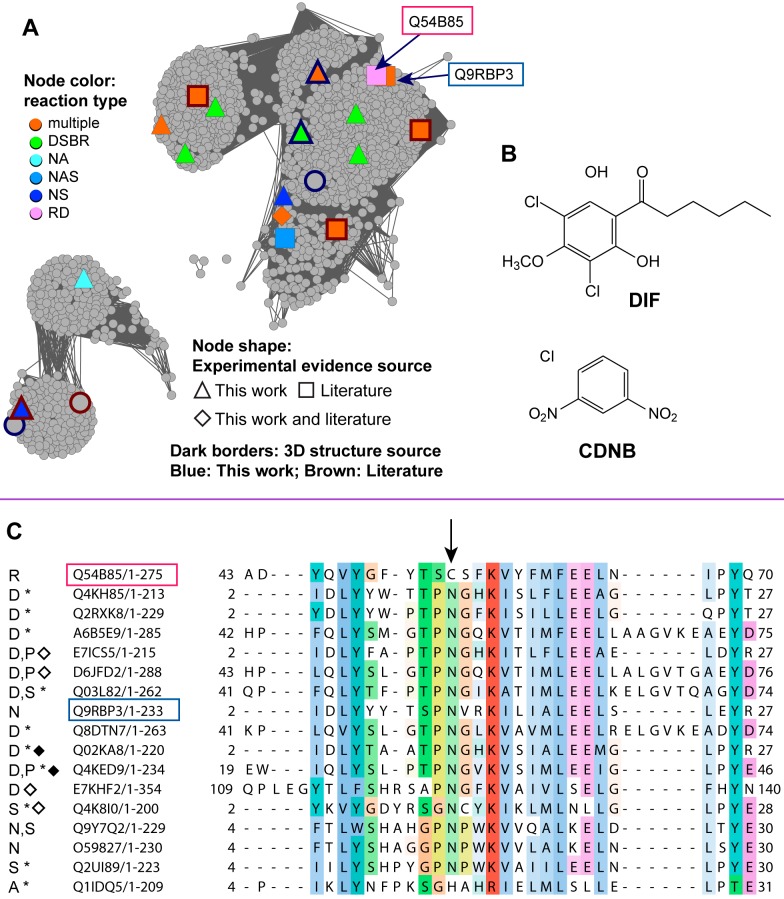Figure 10. Similarity relationships between a reductive dehalogenase protein and some homologs may give insight into function.
(A) The full sequence similarity network view of Main.2 displays all 1,642 non-redundant sequences for this level 2 subgroup. Boxed labels and arrows indicate the slime mold protein with reductive dehalogenase activity (Q54B85) and its closest homolog Q9RBP3. Nodes are colored if there is experimental evidence for cytGST-like function with shapes indicating the evidence source: triangle, this work; square, the literature; diamond, both this work and the literature. Dark borders indicate nodes with crystal structures; the border color indicates the source of the structure: blue, this work; brown, the literature. Node colors designate the reaction type(s) associated with each sequence (node): multiple, multiple reaction types; DSBR, disulfide bond reductase; NA, nucleophilic addition; NAS, nucleophilic aromatic substitution; NS, nucleophilic substitution; RD, reductive dehalogenase. Edges with BLAST E-values≤1e–31 are shown; the 233,255 edges shown in the network have a median percent ID of 54% over 214 residues. (B) Chemical structures of DIF that is reductively dehalogenated by Q54B85, and CDNB, the synthetic compound commonly used in NAS assays. (C) Alignment of Q54B85 (red box) with homologs that have experimental evidence for GST-like activity. An arrow indicates residue Cys54 from Q54B85 that is critical for RD activity but is a conserved Asn in most homologs. The blue box indicates Q9RBP3, the closest homolog of Q54B85 that has CDNB activity. Reactions designated in the alignment are as follows: R, RD; D, DSBR; N, NAS; S, NS; A, NA; P, peroxidase. Sequences marked with an asterisk indicate that the experimental evidence for that reaction was obtained only from this work; sequences marked with a diamond indicate the availability of a crystal structure for that protein and black diamonds indicate crystal structures are from this work.

